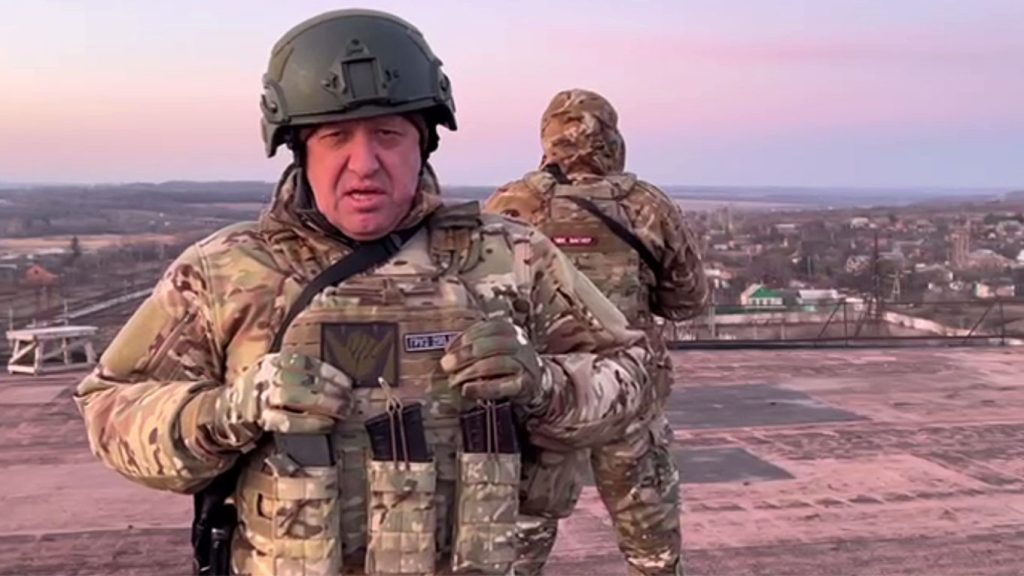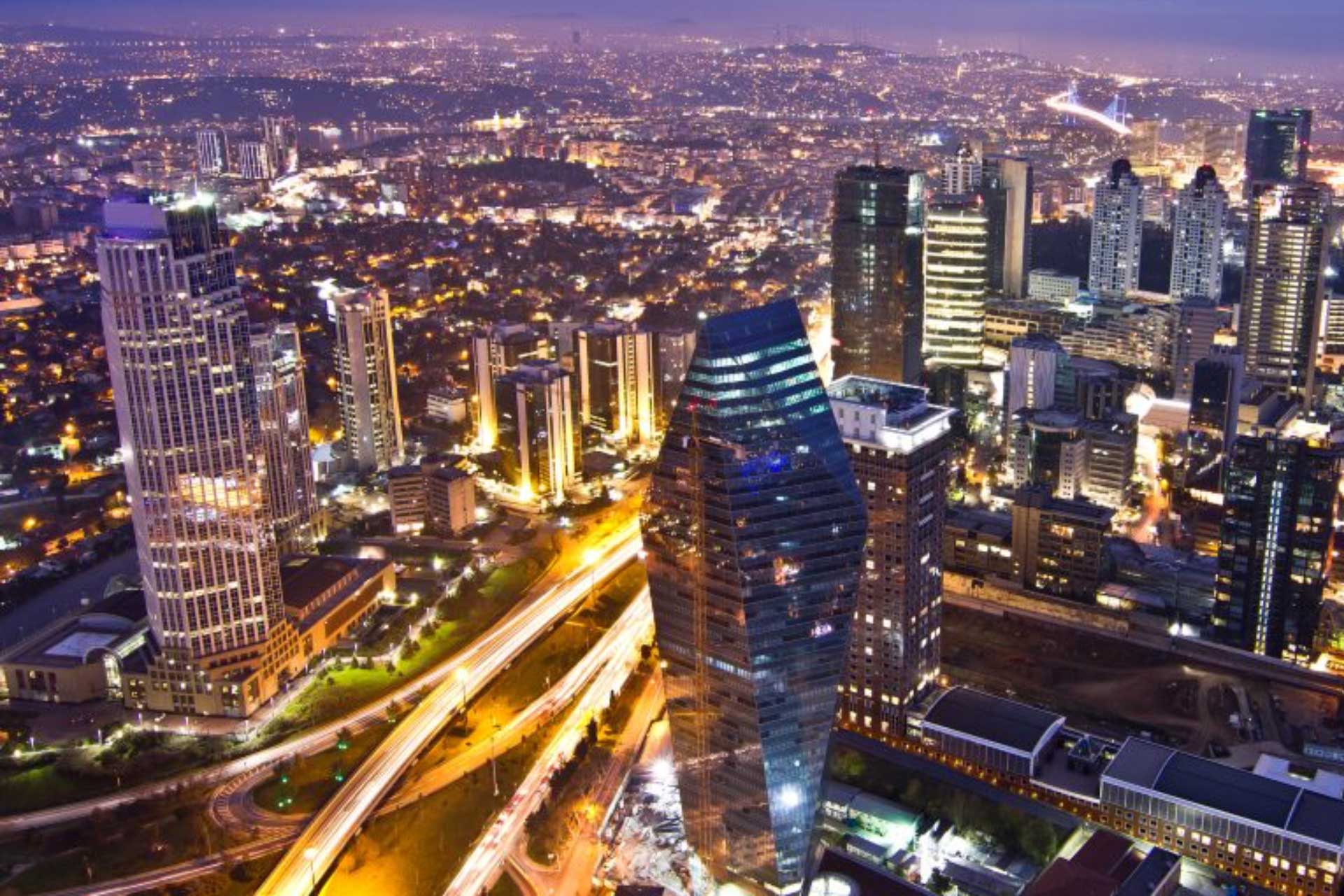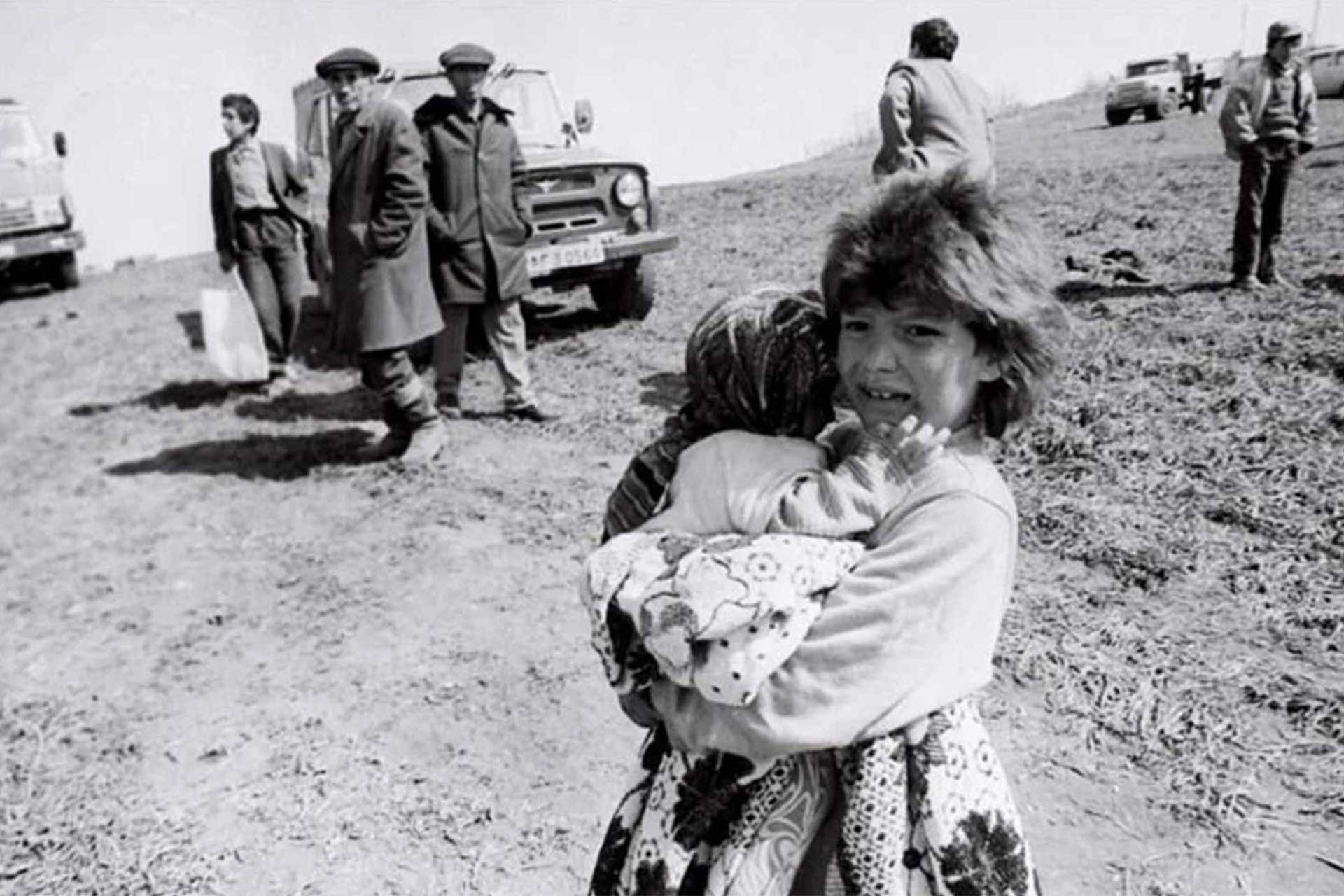A Giant Crack in Putin’s Authority: Wagner Revolt
The Wagner mercenary formation, which attempted to challenge even Russia’s own army, rose up demanding the dismissal and even prosecution of certain members of the Russian army, including the Russian Defense Minister Shoigu, starting from the Ukrainian border and reaching near Moscow. At the end of the day, even though the parties reached a compromise through the mediation of Lukashenko, the crash of Prigozgin’s plane and the deaths of important people around him raised questions again.

What is the Wagner Group, when did it emerge?
Although it is estimated that the Wagner group first started its activities in eastern Ukraine in 2014, Prigozgin, who was its leader before his death last week, first joined Putin’s circle as a catering chef. Prigozgin, who founded Wagner as a military company in 2014, expanded his activities with Putin’s support and started to operate in many regions from Africa to Syria. Wagner, which includes a significant number of ex-prisoners, has also been on the agenda with the numerous war crimes it has committed in many geographies. When the Russian invasion of Ukraine began, Wagner was thought to have close to 50000 members and they had more modern and advanced equipment than the Russian army.
Foundations of the Uprising: Tensions between the Russian Defense Ministry and Wagner
Prigozgin said during the uprising that they were not against Putin. Even if some say that he said this in order to survive after the uprising, it was clear that Wagner’s target was not Putin’s administration, but rather Shoigu and his inner circle in the Russian Defense Ministry. Moreover, the problem between Prigozgin and Shoigu, whom he said he would hang in Red Square, was far from personal. As US Secretary of State Blinken pointed out in his speech in Helsinki on June 2, Russia is now in a much worse situation than when it began its occupation of Ukraine. With the exception of certain parts of the southern front, the failures and massive losses have reduced the momentum of the Russian army to zero, unlike in the early stages of the occupation. In order to change this situation, Putin chose to put Wagner directly on the field and was partially successful. The defeat of Ukraine at Bakhmut, despite heavy casualties, was a testament to this. But while Wagner has had a positive impact on the ground, the same cannot be said for the Russian army. In fact, according to Prigozgin, Shoigu deliberately did not support Wagner, causing Wagner to lose power. Although the veracity of Prigozgin’s words is debatable, it is clear that Wagner suffered a major blow in Ukraine, and all these events paved the way for an unexpected end.
Wagner’s March on Moscow Stunned the World
June 22-23 witnessed interesting news. On top of the increasing tensions as I have just mentioned, the Russian army’s strikes on the Wagner bases, as Prigozgin also announced in those days, dropped like a bomb on the agenda. The incident, which was first considered as a lack of coordination or an accident, attracted the attention of the whole world after Prigozgin’s statements and Wagner’s mobilization, and in the following hours, the Wagner troops, who withdrew from the front line, gathered in the Black Sea coastal city of Rostov, located in the southeast of the Ukraine-Russia border, and after establishing dominance here as a result of minor clashes, they started to move towards Moscow. Wagner reached as far as the outskirts of Moscow, but at the same time, he managed to hold several towns along the way and destroy the attacking Russian elements. Although it is claimed that Russia suffered close to 4,000 total casualties during the uprising, confirmed losses amounted to about 10 helicopters and airplanes, several times the number of aircraft lost in a month on the Ukrainian front before the uprising. More importantly, even if Russia was able to replace these losses, it was considered impossible for Putin to compensate for the loss of authority after his reconciliation with Wagner. I think it would not be wrong to say that Russia and Putin’s image, which is seen as untouchable within its own territory, will no longer be a global deterrent.
Reconciliation through Belarus and the Death of Prigozgin
According to the agreement brokered by Belarusian leader Lukashenko, Wagner would return to its bases, Prigozgin and Wagner’s senior staff would transfer to Belarus, the charges against Prigozgin and Wagner would be dropped and Wagner personnel could join the Russian army. From this point of view, it is difficult to say that this compromise realized the goals of Wagner, who wanted to destroy Shoigu and his associates, but it was stated that it was certainly a great gain for them to be able to challenge the authority of someone like Putin and then make such a deal. So how did someone like Putin agree to such a deal, it was recently announced that Prigozgin and his entourage died in a plane crash. Although it is not possible to give a precise reason since no one knows what happened behind the scenes, some claim that Wagner’s access to nuclear weapons was the reason for Putin’s agreement with Wagner, while others claim that the Russian military partially supported Wagner. What is certain, however, is that Russia’s chances of making some gains in Ukraine and globally have probably disappeared, and Wagner, who rebelled, has disappeared with his leader. Moreover, Russia, which has suffered both psychologically and militarily in a short period of time, is unlikely to change this course in the future. Coming back to Wagner, even though they survived for a while, the fact that they could not get rid of Shoigu and his entourage and on top of that they antagonized Putin paved the way for the death of Prigozgin and his entourage after a plane ‘crash’ and the liquidation of the remaining elements of the group over time. So, in an interesting way, the winners of this uprising were Ukraine and the West, while the losers were both Russia and Wagner.






Comments